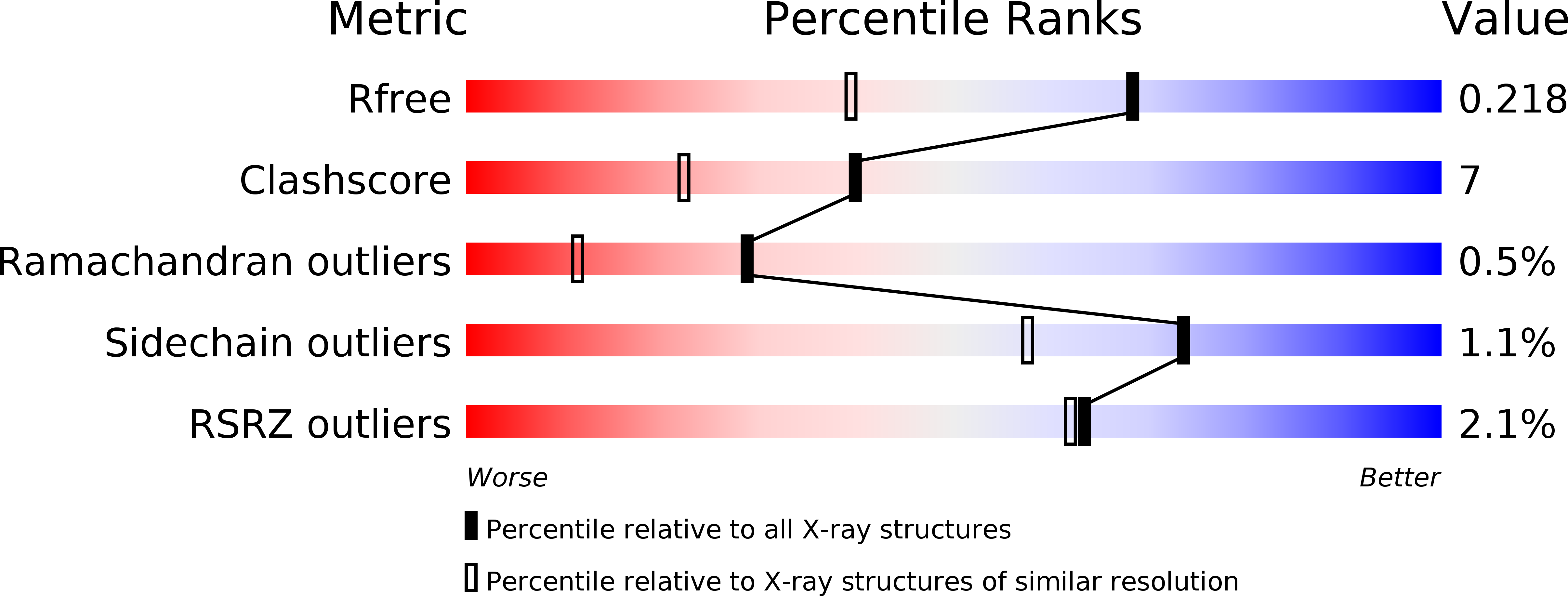
Deposition Date
2012-01-10
Release Date
2012-03-07
Last Version Date
2024-10-23
Method Details:
Experimental Method:
Resolution:
1.60 Å
R-Value Free:
0.21
R-Value Work:
0.17
R-Value Observed:
0.17
Space Group:
P 1 21 1


